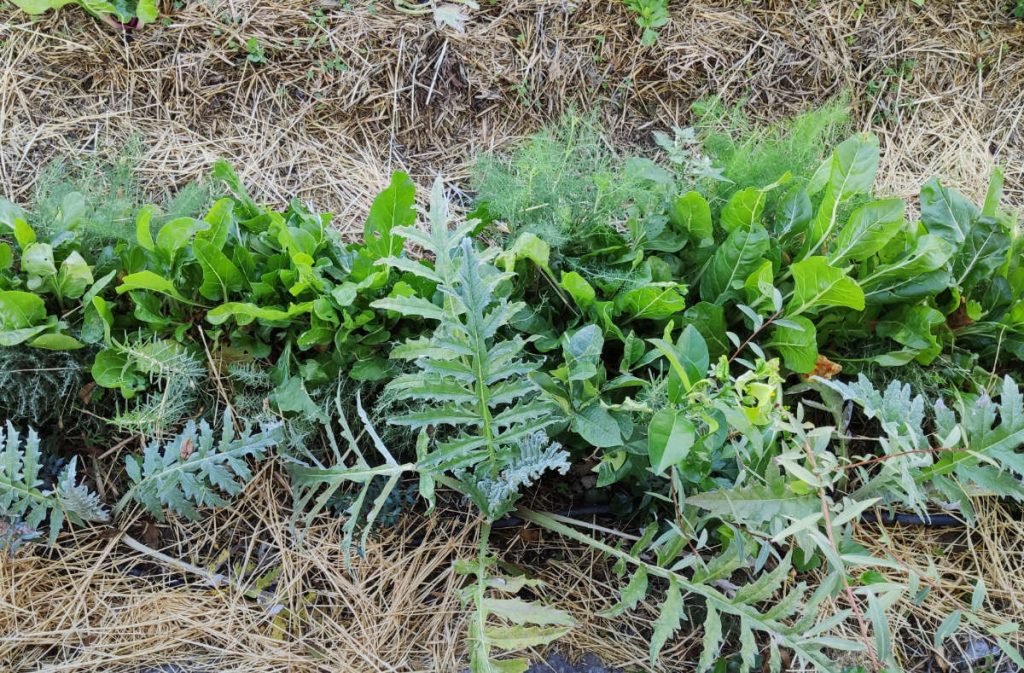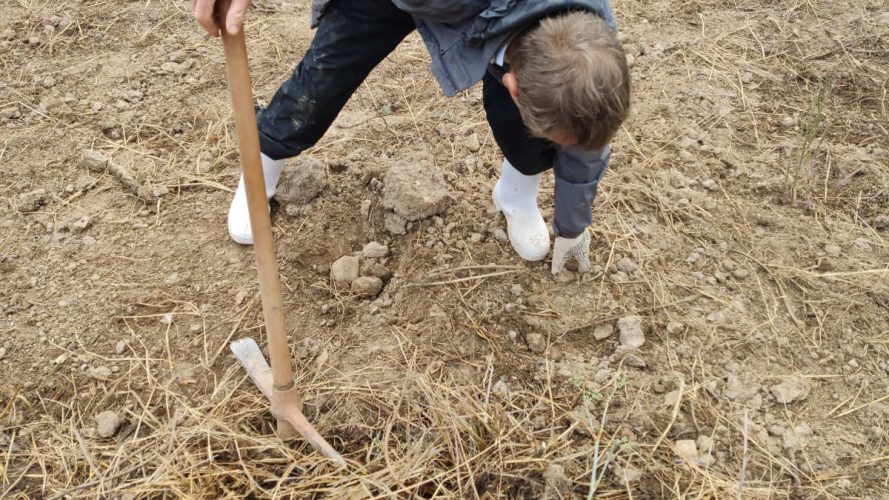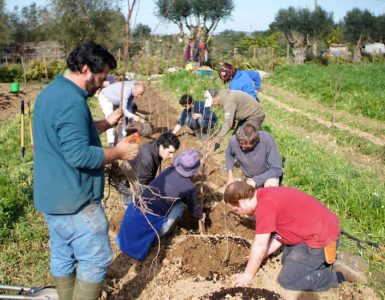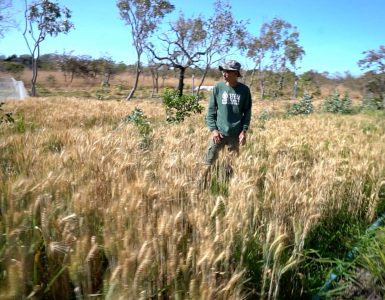Stones in the field are often a huge problem, and the standard solution is to remove them. But Ernst Götsch has a new suggestion: plant them!

The idea of burying the stones is mainly related to three aspects. First is the fact that land tilling in syntropic agriculture only happens once, so this first intervention is our chance to organize the elements present in the area as efficiently as possible. Stones on the surface are a problem, but stones underneath the ground are valuable resources.
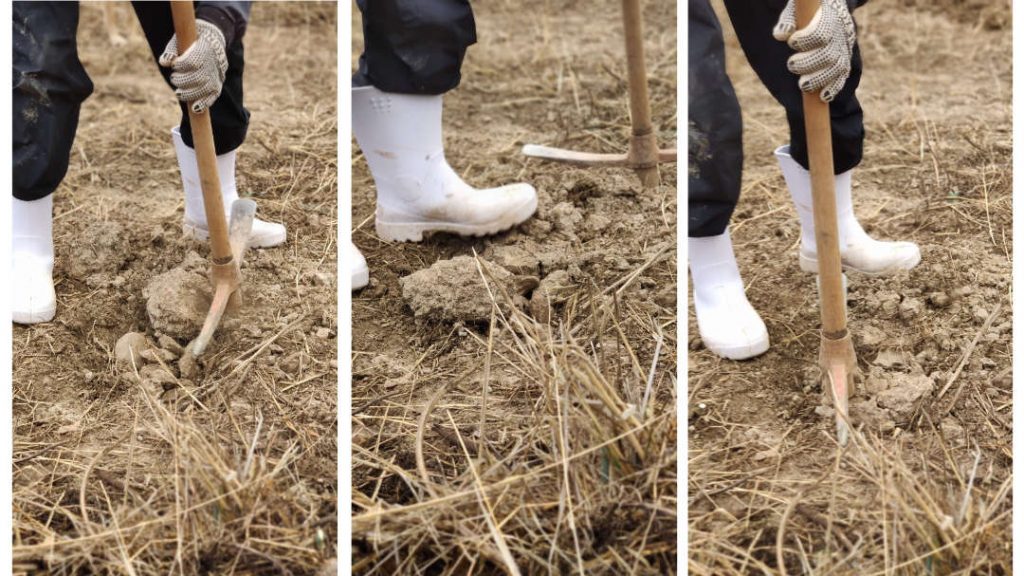
It brings us to the second aspect. The buried stone becomes an asset because the life dynamics, once established, will gradually “digest” the rocks. Dense, stratified and successional agroecosystems maintain a close relationship with biotic and abiotic processes of soil formation and nutrient bioavailability.
This, in turn, brings us to the third aspect, which is a virtuous cycle that is secured: more nutrients and better soil conditions create healthier and faster-growing plants. It increases soil formation processes, which guarantees that the stones initially “planted” gain gradually new layers of soil above, so they will never again be a problem for the syntropic farmer.
